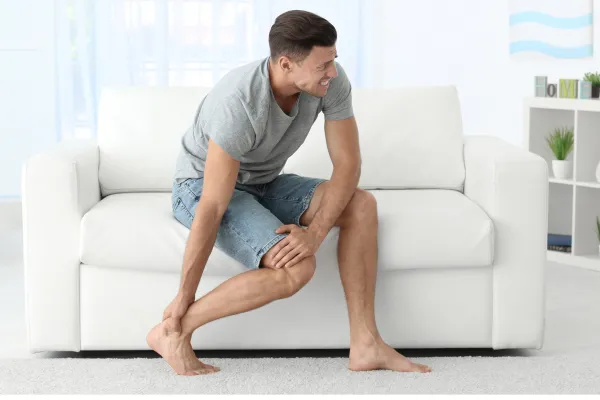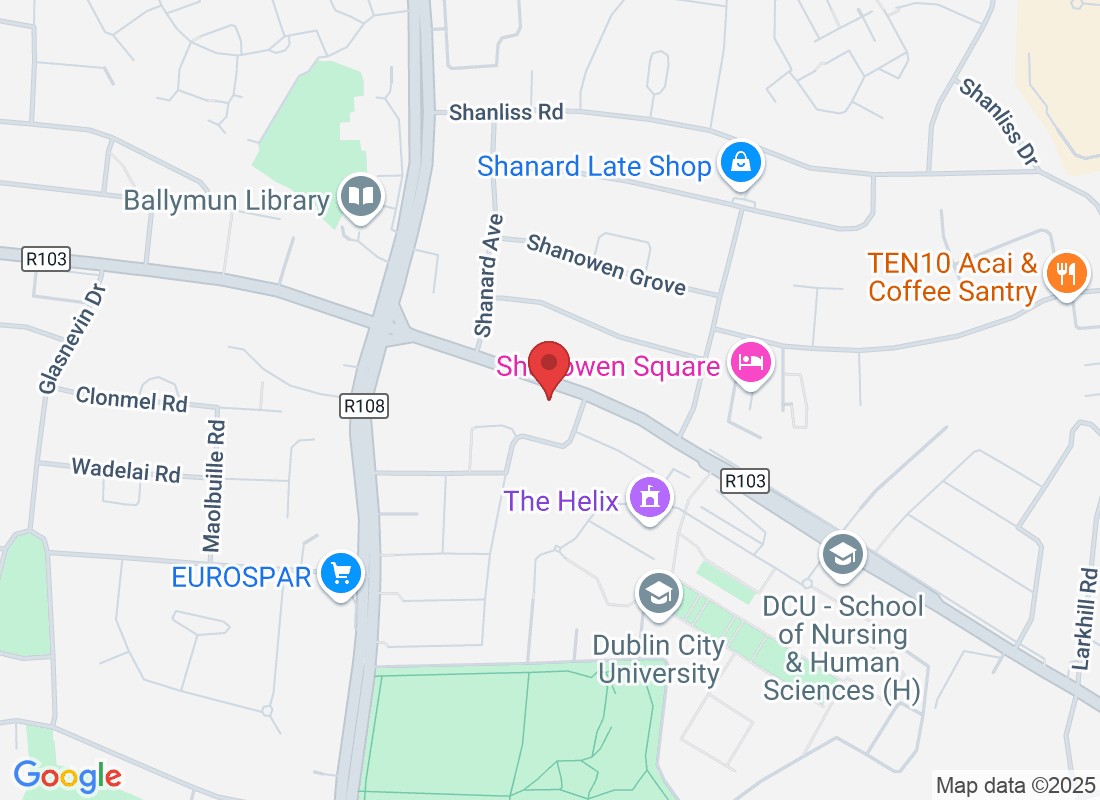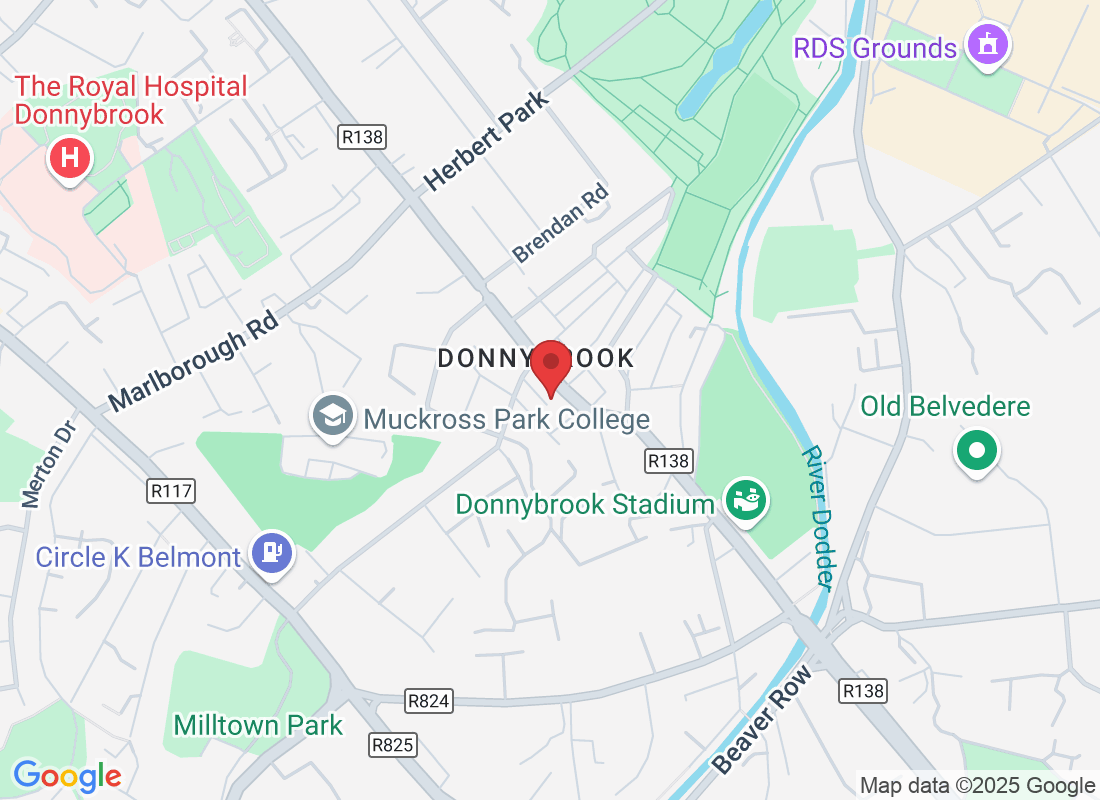
Hands-On Healing: How Foot Mobilization Relieves Sore, Tight Feet
Sore feet can make even the simplest tasks—like walking to the shop or standing in the kitchen—feel uncomfortable. If your feet are tight, achy, or just not moving the way they used to, foot mobilization therapy (FMT) could be the relief you've been looking for. This hands-on treatment is gentle, natural, and often ideal for people who can’t tolerate orthotics. Let’s take a closer look at what FMT is and how it helps restore comfort and mobility to your feet.
What Is Foot Mobilization Therapy?
Foot Mobilization Therapy is a manual treatment that focuses on improving the movement of the joints in your feet and ankles. Over time, feet can become stiff or “locked up” due to injury, overuse, poor footwear, or biomechanical issues. When joints in the foot don’t move properly, it can lead to discomfort, fatigue, and even pain that spreads to the knees, hips, or lower back.
FMT uses gentle, precise movements to release restrictions in the joints and connective tissues. This can reduce stiffness, restore normal alignment, and help your feet function as they should.
How Does It Work?
Using hands-on techniques, a podiatrist trained in FMT will carefully mobilize the joints of your foot and ankle. The goal is to improve flexibility, correct joint alignment, and ease tension in the surrounding soft tissues.
It’s not forceful or painful—in fact, many people find it quite relaxing. Over a series of sessions, this therapy helps your feet move more freely and with less discomfort.
At Mary Moore Podiatry, FMT has been part of our approach since 2012, especially for patients who:
Experience stiffness or joint restriction
Feel their feet are “locked” or misaligned
Can’t comfortably wear orthotics
Suffer from tired, overworked feet
Who Can Benefit?
Foot Mobilization Therapy is suitable for many types of foot pain and dysfunction. You might benefit if you:
Have stiff or restricted feet that don’t respond well to traditional treatments
Find orthotics uncomfortable or can’t tolerate them at all
Feel like your foot joints “don’t move properly”
Experience general foot fatigue or tightness after standing or walking
Have a history of ankle sprains or foot injuries
It’s often a great option for those looking for a more natural, hands-on approach to care.
What Conditions Can It Help?
While FMT isn’t a cure-all, it can provide relief for a range of issues, including:
General foot stiffness or tightness
Plantar fasciitis
Mild joint misalignment
Post-injury recovery
Soreness from overuse or poor biomechanics
In some cases, FMT is combined with other treatments, such as podiatric acupuncture, to enhance results and support long-term relief.
Do I Still Need Orthotics?
One of the benefits of foot mobilization is that it may reduce or eliminate the need for orthotics in certain cases. By improving joint function and alignment directly, the therapy supports natural movement. Some patients who couldn’t tolerate orthotics have found relief through FMT alone, while others use it alongside orthotics for better comfort and results.
We assess this on a case-by-case basis following your initial consultation.
What to Expect During a Session
A typical FMT session involves:
Assessment of your foot’s range of motion and joint alignment
Gentle manual techniques to improve mobility
Discussion of exercises or stretches to support ongoing improvement
Possible integration with other therapies depending on your needs
You’ll likely notice increased movement and reduced tightness after just a few visits.
Conclusion
If your feet feel sore, tight, or just “off,” Foot Mobilization Therapy offers a gentle, effective way to get them moving again. It’s a hands-on solution designed to restore natural function, reduce pain, and support daily comfort—whether you’re walking the dog, dancing, or just going about your day.
To find out if FMT is right for you, book an appointment at Mary Moore Podiatry in Dublin 9 or Dublin 4. Your feet work hard—let’s help them feel better.




